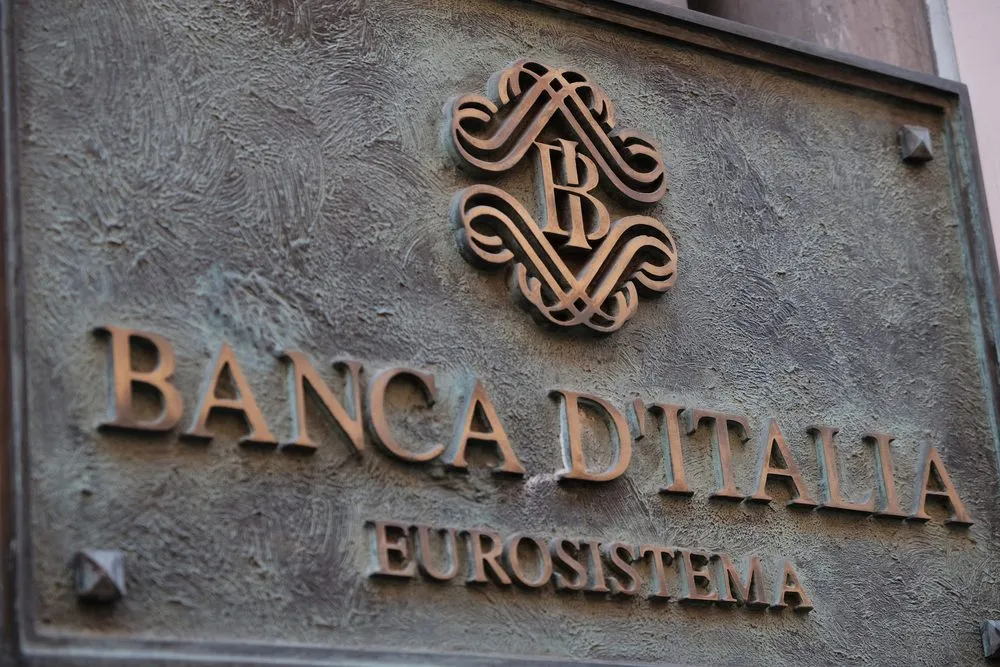Higher APRs signal prolonged credit tightening in Italy
Italy’s average mortgage APR rose to 3.71% in September, signalling tighter credit conditions and weaker housing demand. Higher funding costs, sticky euro-area yields and household income pressures point to a prolonged adjustment phase across Italy’s property market.

Italy’s borrowing costs continued their upward trajectory in September, with the Bank of Italy reporting that the average APR on new mortgages rose to 3.71%, up from 3.67% in August and 3.61% in July. While the increments appear modest in isolation, the sustained climb reflects a tightening credit environment shaped by elevated euro-area yields, extended monetary policy uncertainty, and banks’ growing caution toward long-tenor lending. For a country where household wealth is heavily concentrated in real estate, rising mortgage rates have material macroeconomic and distributional consequences.
The mechanism behind the climb is linked to three factors. First, Italian banks continue to re-price mortgage products in line with the eurozone rates curve, which, despite peaking, remains structurally higher than the ultra-low yield regimes of the 2015–2021 period. Banks’ own funding costs—driven by higher deposit remuneration, wholesale funding spreads, and sovereign-risk premiums—feed directly into APR adjustments. Second, lenders are increasingly conservative toward long-duration loans as credit quality indicators soften, particularly among lower-income households exposed to cost-of-living pressures. Third, the Italian sovereign’s elevated debt trajectory—hovering around 137% of GDP—keeps its bond yields sensitive to market volatility, indirectly lifting mortgage benchmarks.
The rise in mortgage rates tightens household liquidity, especially given Italy’s structurally slow income growth and high home-ownership rate of roughly 73%. Higher APRs reduce borrowing capacity, shift demand toward smaller or older properties, and lengthen the time needed for affordability to stabilize. Mortgage approvals are already slowing, contributing to a cooling housing market across major urban centres such as Milan, Rome, Bologna and Florence. Residential-investment activity, historically a stabilizer of Italy’s GDP cycles, is likely to weaken further as financing conditions tighten.
The macro-distributional effect is asymmetric. Younger households—already constrained by high deposit requirements and precarious labour conditions—face reduced entry into homeownership, widening generational inequality. Meanwhile, older, mortgage-free households remain largely insulated, reinforcing Italy’s long-standing wealth-distribution divide. For banks, rising APRs help protect margins in the short term, but they risk lower loan volumes and higher default probabilities among variable-rate borrowers.
Italy’s broader macro context deepens the challenge. Although headline inflation has eased, core services inflation remains sticky, limiting the European Central Bank’s ability to pivot rapidly toward rate cuts. Sovereign spreads remain sensitive to global yield swings, constraining Italy’s fiscal stance and pressuring bank funding conditions. Banks’ mortgage books will thus remain subject to elevated repricing risk until the ECB signals clearer easing pathways.
Financial markets have reacted cautiously. Italian bank equities have held steady due to improved net-interest-income performance, but real-estate developers and construction firms face valuation pressure as weaker mortgage issuance slows project pipelines. Sovereign yields remain elevated within the eurozone spectrum, highlighting persistent structural vulnerabilities.
Forward indicators to monitor include: (1) monthly mortgage-approval rates; (2) housing price indices across major metropolitan areas; (3) Italian sovereign-spread behaviour versus German bunds; (4) household-debt service ratios; and (5) ECB meeting guidance. Italy’s mortgage rates may stabilise only once euro-area funding costs peak decisively and domestic credit demand adjusts to a new equilibrium.
The continued rise in the average APR to 3.71% signals that Italian households will face tighter financial conditions for longer. While not yet destabilising, the trend points toward softer residential demand, weaker construction activity and a prolonged adjustment phase in Italy’s housing market.





